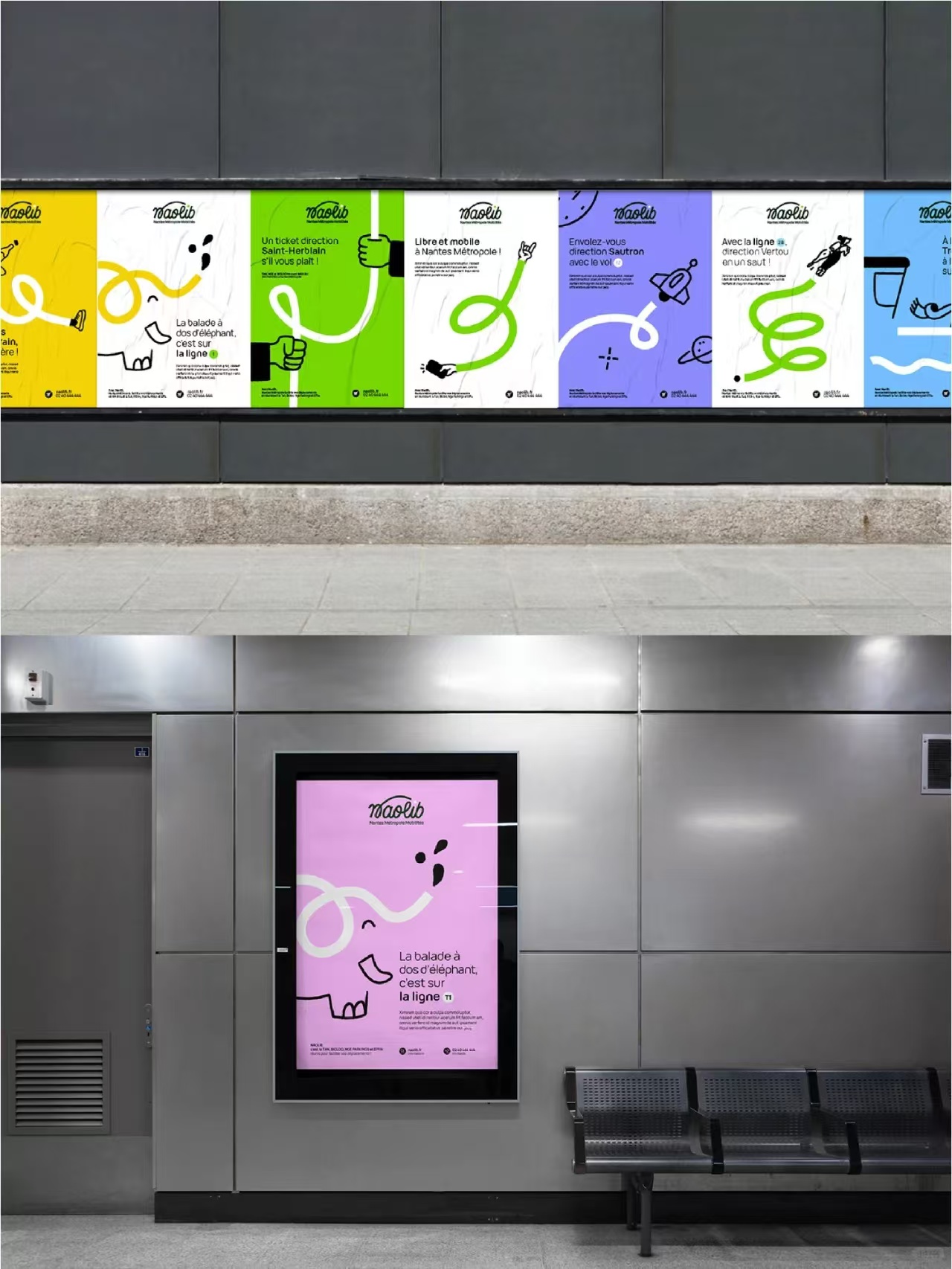In today’s fast-paced world, consumers are constantly on the move, making it essential for brands to capture their attention in ways that resonate during everyday moments. One of the most effective ways to do this is through train interior advertising. With thousands of commuters using trains daily, the inside of a train carriage offers a unique, captive environment for businesses to deliver impactful advertising messages. This blog will explore the power of train interior advertising, its benefits, and why it’s a strategic investment for your marketing efforts.
Why Train Interior Advertising Works
Unlike traditional advertising methods where people may be distracted or on the move, train interior advertising places your message in front of passengers who are often seated or standing for extended periods. Commuters typically spend anywhere from 20 to 40 minutes on a train, offering a rare opportunity for deep engagement. This makes train interior advertising one of the most immersive forms of transit media.
Here are a few reasons why train interior advertising is highly effective:
- Captive Audience: With passengers seated and having limited distractions, the advertising inside the train becomes a focal point. It’s hard to ignore ads when you’re surrounded by them.
- Extended Dwell Time: Train journeys allow for longer exposure to advertising content, enabling consumers to absorb your message fully.
- High Reach: In major cities, thousands of commuters use trains daily, providing significant reach across various demographics.
- Cost-Effective: Compared to other forms of advertising, train interior advertising offers excellent value for money, ensuring your message reaches a wide audience consistently.
Benefits of Train Interior Advertising
- Increased Brand Awareness: With passengers exposed to your ads multiple times during their journey, your brand message becomes ingrained in their memory. This repetitive exposure is critical for building brand awareness.
- Targeted Campaigns: Train routes are often used by specific demographic groups, allowing you to tailor your advertising to suit different audiences. Whether you’re targeting professionals commuting to the CBD or students traveling to universities, train interior advertising can be customized to reach your ideal consumer.
- Creative Freedom: The variety of available ad spaces inside trains, from ceiling wraps to door panels and seat backs, allows for creative flexibility. You can craft visually engaging ads that captivate commuters and make a lasting impression.
- Improved Engagement: Studies show that passengers on public transport are more likely to engage with advertising messages compared to other media environments. The immersive nature of train interior advertising allows businesses to deliver more detailed and compelling messages.
Popular Formats for Train Interior Advertising
At S&J Media, we offer several advertising formats that maximize exposure inside trains. Here are some of the most popular formats for train interior advertising:
- Above-Window Panels: These are placed above the train windows and are in constant view of seated passengers, ensuring prolonged exposure.
- In-Between Window Panels: Positioned between windows, these panels provide eye-level visibility for both seated and standing passengers, making them hard to miss.
- Ceiling Wraps: Full ceiling wraps transform the overhead space into an eye-catching advertising platform, immersing passengers in your message as soon as they board the train.
- Back-of-Seat Panels: These panels are highly visible to seated passengers and are ideal for concise messaging that needs to be seen at close range.
- Door Panels: Placed near the doors, these panels grab attention as passengers enter or exit the train. Door panel ads offer excellent brand recall due to their prominent location.
Who Benefits from Train Interior Advertising?
One of the key advantages of train interior advertising is its ability to target a diverse range of commuters. Depending on the location and time of day, you can reach various demographic groups, including:
- Professionals and Business Travelers: Commuters traveling to and from work often have time to engage with longer-form content, making them ideal targets for business-related ads, finance products, or professional services.
- Students and Young Adults: Many students rely on trains to travel to universities and campuses. Ads promoting lifestyle brands, tech products, or educational opportunities resonate well with this audience.
- Tourists and Families: Train routes to popular tourist destinations can expose your ads to travelers, making train interior advertising an excellent choice for tourism, leisure, and entertainment brands.
Why Train Interior Advertising is a Smart Investment
As public transportation usage continues to rise, train interior advertising presents a unique opportunity for businesses to reach an engaged audience in a cost-effective way. Whether you’re promoting a product launch, driving awareness for an event, or building long-term brand recognition, train interior advertising ensures your message is front and center during one of the few moments when consumers have time to take notice.
By incorporating digital elements such as QR codes, social media handles, or website links, you can create interactive ads that encourage immediate engagement, making it easy for commuters to learn more about your brand or take action right away.
Conclusion: Unlock the Potential of Train Interior Advertising
For businesses looking to stand out in today’s competitive market, train interior advertising offers unparalleled advantages. From its ability to engage a captive audience to its cost-effectiveness and creative potential, this advertising format ensures your message is seen by thousands of commuters every day.
At S&J Media, we specialize in crafting impactful train interior advertising campaigns that deliver results. Contact us today to learn more about how we can help your brand thrive in this powerful advertising space.
GET IN TOUCH WITH OUR TEAM

Melbourne
Head Office
Level 7, 492 St Kilda Road,
Melbourne Vic 3004
Ph: 03 9867 1022
info@sjmediagroup.com.au

Sydney
Office
Level 3, WeWork c/o S&J Media Group,
100 Harris Street,Pyrmont NSW 2009
Ph: 02 8424 6100
info@sjmediagroup.com.au

Brisbane
Office
WeWork c/o S&J Media Group,
310 Edward St,Brisbane City QLD 4000
Ph: 07 3217 2233
info@sjmediagroup.com.au

